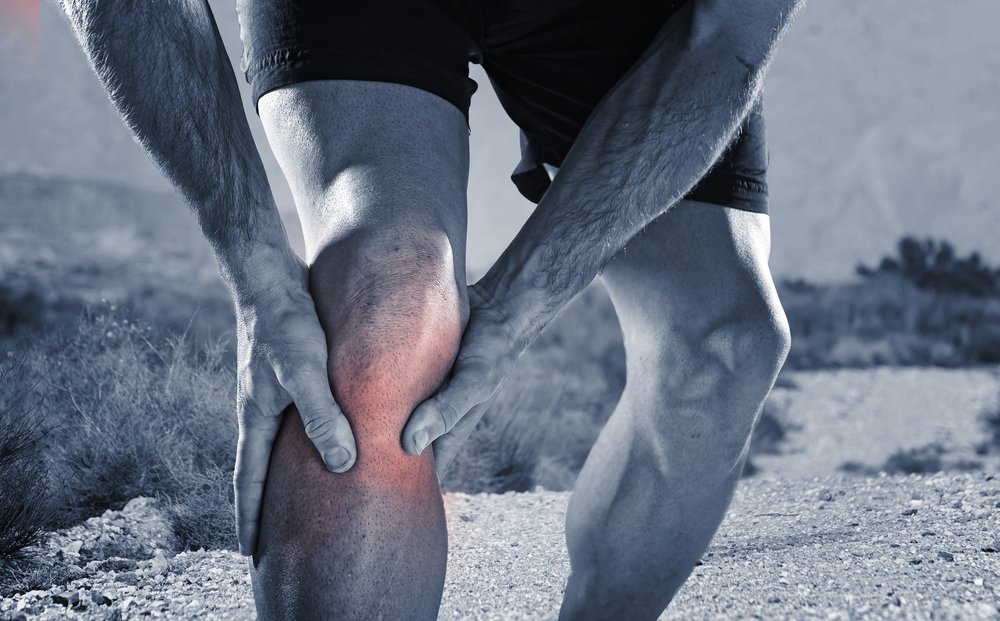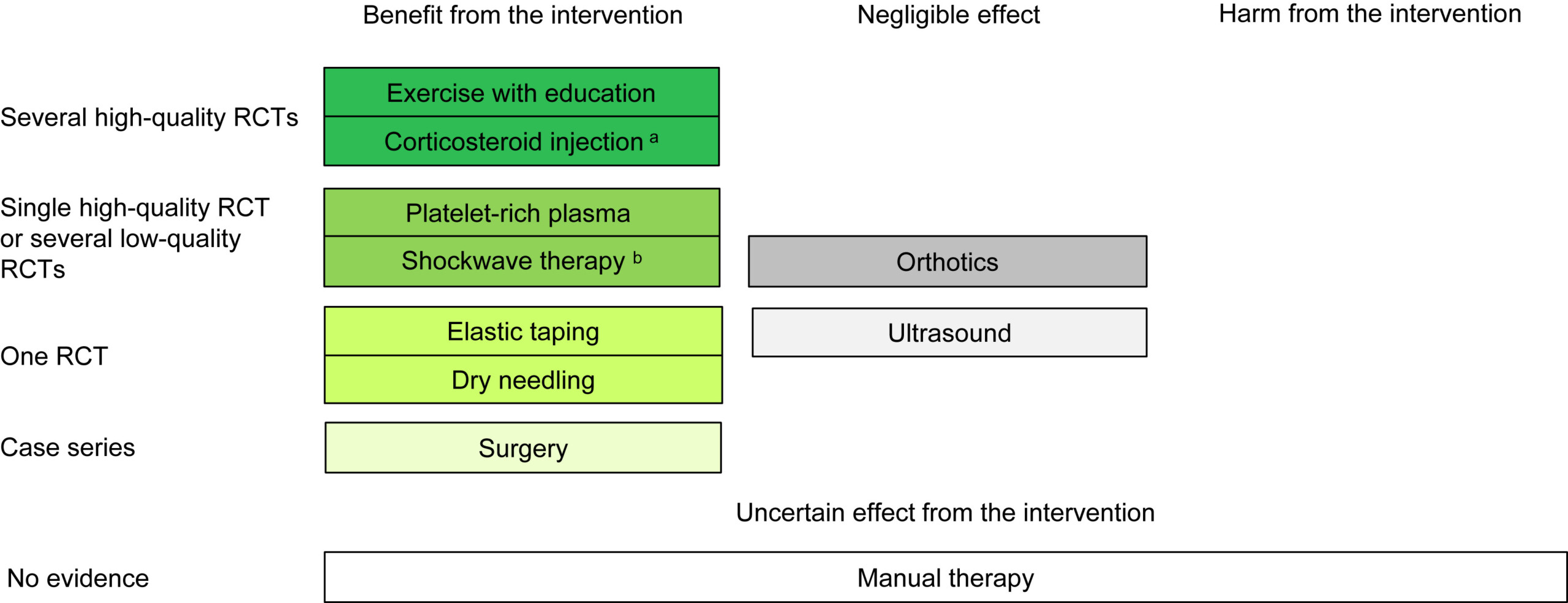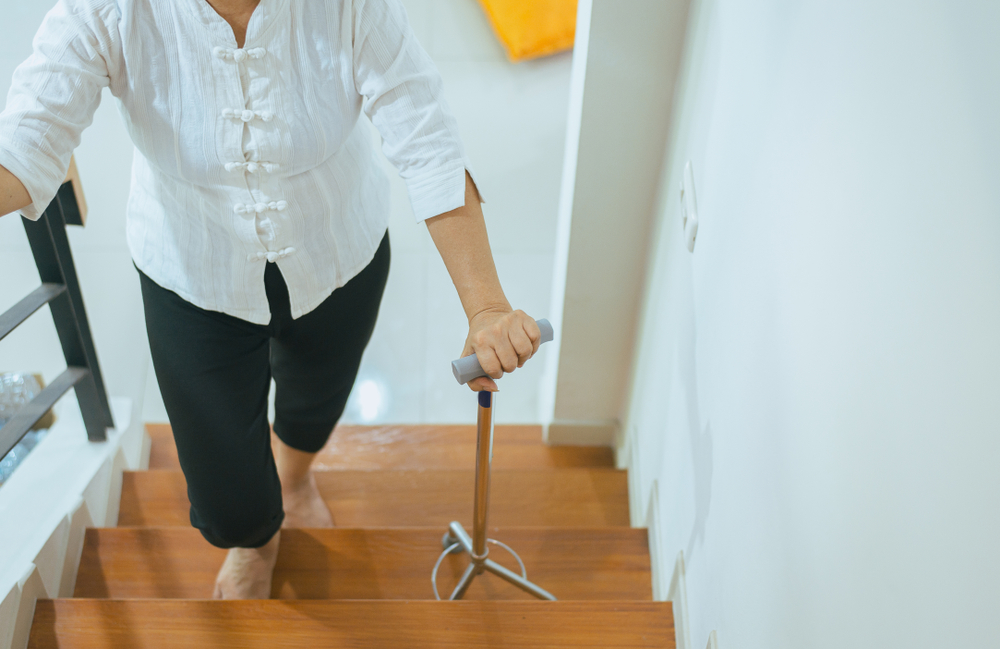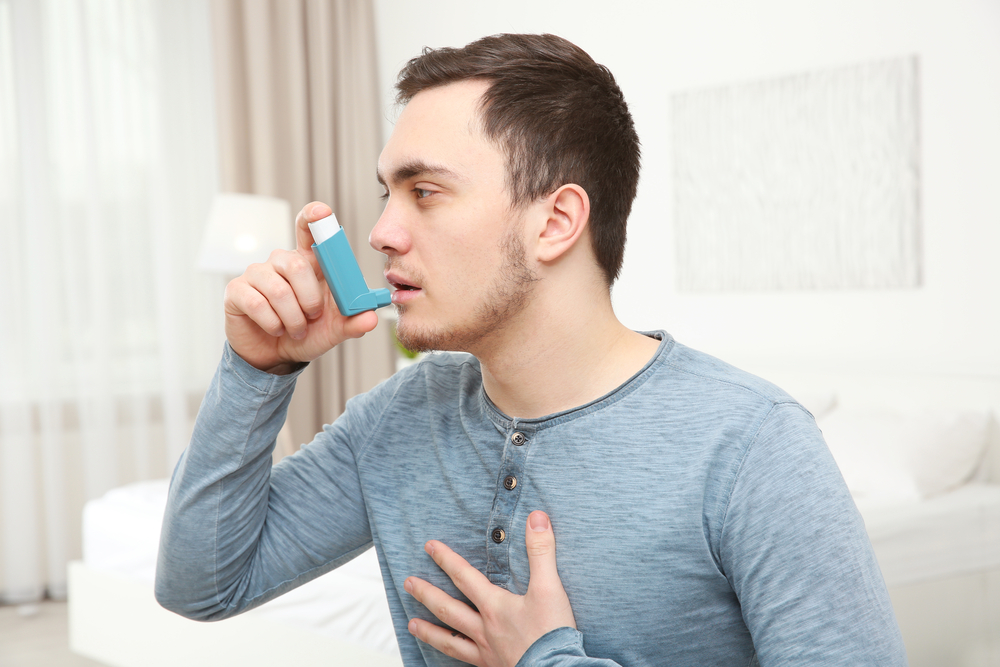Running is a good way to improve cardiovascular fitness and strength with very little cost involved. No gym membership is required, just a good pair of running shoes and a space to run in. It is perceived by the general public that running can cause increased damage to osteoarthritic knees, causes more pain and requires an earlier knee replacement than if you did not run. It is also believed that running causes osteoarthritis in the knees. This is especially thought to be true with increased running frequency, distance and if it is done on hard surfaces. Is this what the research evidence suggests though? A systematic review of this showed that recreational runners had a lower incidence of hip and knee osteoarthritis at 3.5% compared to sedentary individuals at 10.2%. However competitive runners had a higher incidence of hip and knee osteoarthritis at 13.3%. This higher incidence in competitive runners may be due to previous injuries or repeated, excessive joint loading without long enough recovery periods. It is not know at this point, which is true unfortunately, but moderate amounts of running can help protect you from developing osteoarthritis in the knees and hips.
Cartilage adapts to loading, just like bones, ligaments, muscles and tendons. The adaptation can be measured with delayed gadolinium-enhanced MRI of cartilage (dGIMRIC). From this, you can determine the levels of glycosaminoglycan (GAG). The more GAG in the cartilage, the more water content and the higher the endo-osmotic swelling pressure and compressive resilience. Comparing runners to non-runners, the compressive resilience is higher in runners. This means that running may help protect cartilage and help prevent osteoarthritis. It may also help to improve cartilage resilience in already arthritic knees.
However, runners with asymptomatic ostoeoarthritis of the knees appear take longer to recover from running. This is with regards to the GAG content and hence water and compressive resilience. So, moderate amounts of running with longer rest periods between runs seem to be indicated for people with osteoarthritic knees. If you are already a runner and have osteoarthritis in your knees, reduce your running distances and have more days between running to allow your cartilage to recover and it may help slow the progression of your osteoarthritis and delay a knee replacement. The evidence for this needs more research but it has been know for some time that arthritic joints that are stronger are less painful. Running will help to keep your muscles stronger in your lower limb and may help to protect the cartilage, leading to less pain and slower progression of your arthritis.
If you are not already a runner, it does not mean that you need to take up running. We know that strengthening lower limb muscles and losing weight are the best ways to reduce pain in osteoarthritic knees. Adipose (fat) tissue releases pro-inflammatoy substances like cytokines, chemokines and adipokines (leptin) and this can worsen the pain and possibly speed up the degenerative process in arthritis. Running can help with strrengthening and weight loss, but if you have not previously run, you may find your symptoms flare up. So, strength training in the gym with physiotherapy guidance, exercise in water or walkiing may work better for you. All of these can help with weight loss and strengthening for your lower limb muscles. Exercise should be tailored to the individual, so please consult with your physiotherapist for guidance if you are unsure or are continuing to have problems with your osteoarthritic knees.
Other than strengthening, weight loss and exercise, there are other physiotherapy treatments that can help your symptoms and get you back exercising, such as dry needling (acupuncture), manual therapy, ultrasound, interferential, stretching and balance (proprioceptive) exercises. .
References:
Alentorn-Geli E, Samuelsson K, Musahl V, Green CL, Bhandari M, Karlsson J. The Association of Recreational and Competitive Running With Hip and Knee Osteoarthritis: A Systematic Review and Meta-analysis. Journal of Orthopaedic & Sports Physical Therapy 2017;4(6) 373-390. https://www.jospt.org/doi/10.2519/jospt.2017.7137
Esculier J-F, Besomi M, Silva D de O, et al. Do the General Public and Health Care Professionals Think That Running Is Bad for the Knees? A Cross-sectional International Multilanguage Online Survey. Orthopaedic Journal of Sports Medicine. 2022;10(9). doi:10.1177/23259671221124141
Esculier JF, Barton C. Recreational running is not bad for healthy people’s joints – it is time to study the safety of running in people with osteoarthritis. Osteoarthritis Cartilage 2023;31(2):135-137.
Esculier JF, Jarrett M, Krowchuk NM, et al. Cartilage recovery in runners with and without knee osteoarthritis: A pilot study. Knee 2019;26(5):1049-1057.
Khan MCM, O’Donovan J, Charlton JM, Roy JS, Hunt MA, Esculier JF. The Influence of Running on Lower Limb Cartilage: A Systematic Review and Meta-analysis. Sports Med 2022;52(1):55-74.
Timmins KA, Leech RD, Batt ME, Edwards KL. Running and Knee Osteoarthritis: A Systematic Review and Meta-analysis. Am J Sports Med 2017;45(6):1447-1457.
Van Ginckel A, Baelde N, Almqvist KF, Roosen P, McNair P, Witvrouw E. Functional adaptation of knee cartilage in asymptomatic female novice runners. Osteoarthritis Cartilage 2010;18:1564-1569.






